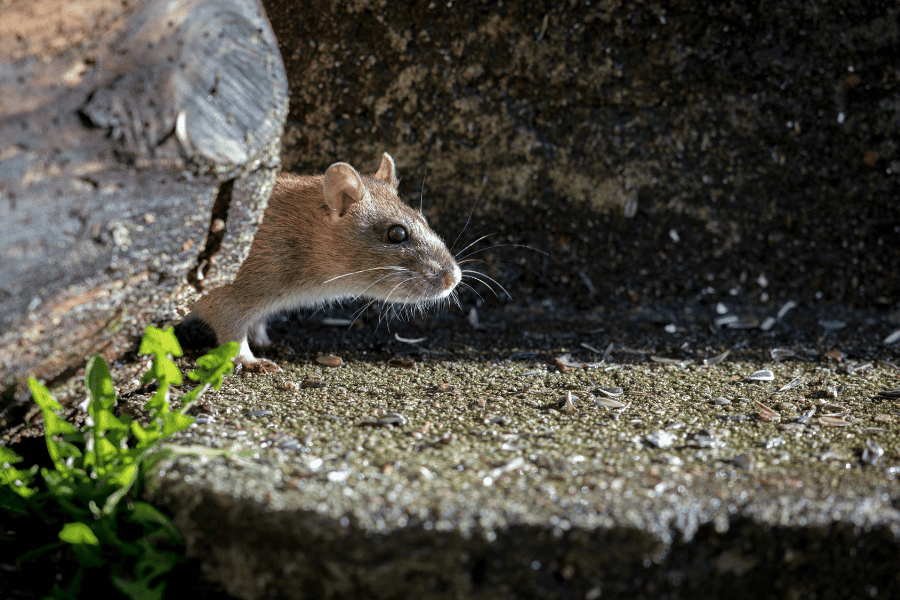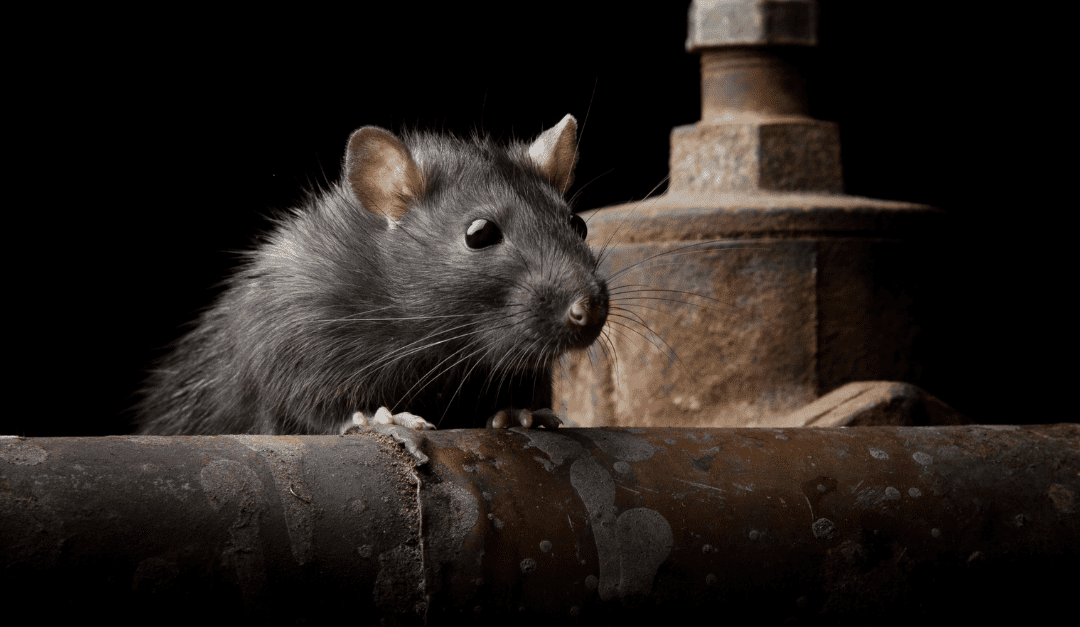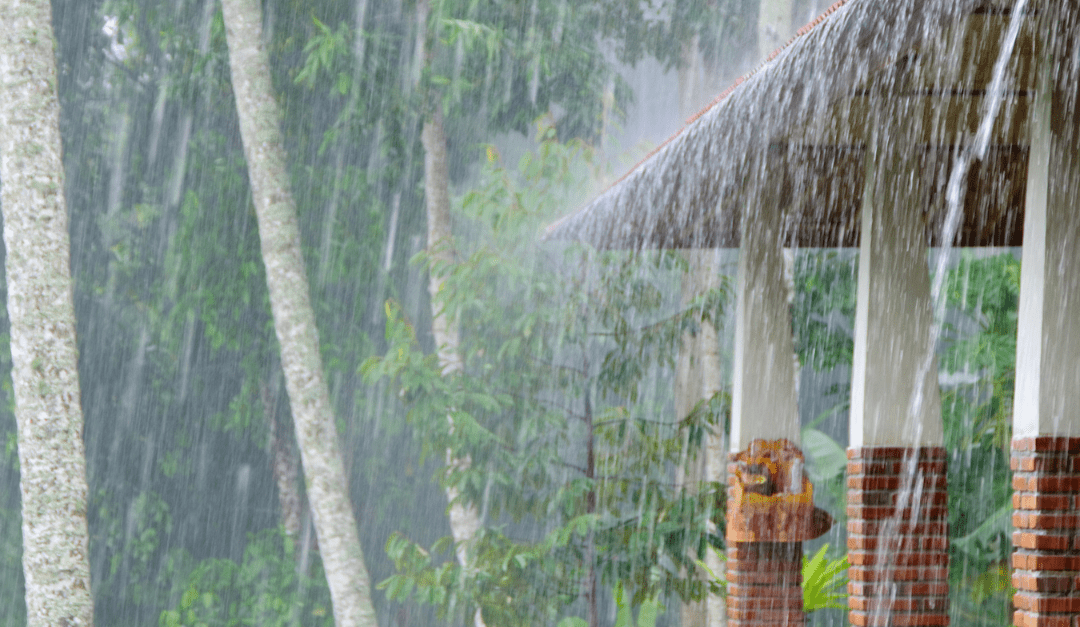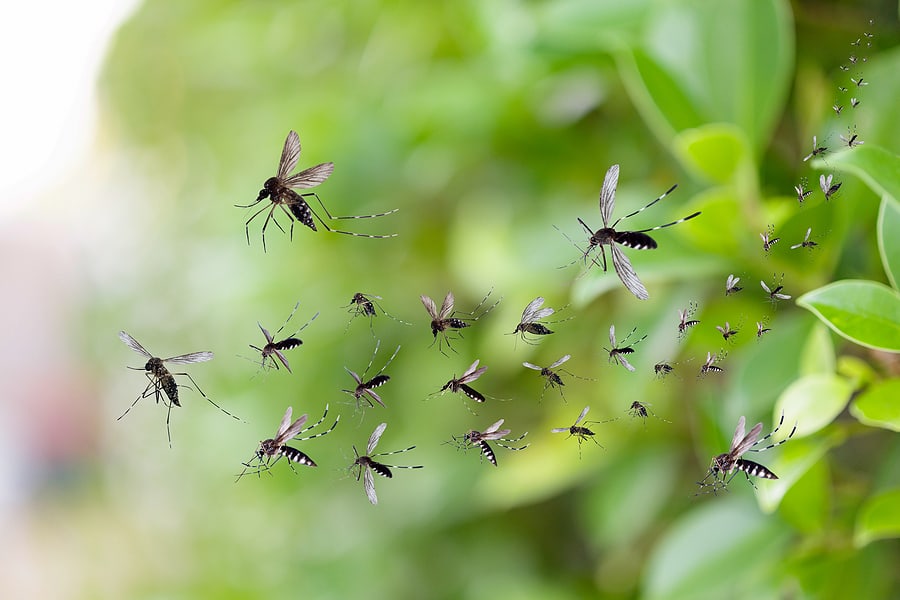READY TO GET STARTED?
REQUEST A FREE ESTIMATE
Fill out the form below or call (888) 466-7849 for a free, no-obligation estimate.

Common to the Florida area, rodents can cause significant damage to our homes by chewing on wires, destroying insulation, and contaminating our living areas. There are several types of rodents in Florida that homeowners should be aware of to properly prevent them from invading. Check out our list of common rodents and how to prevent them from invading your home.
If you suspect that any of these common rodents have invaded your home, it’s best to reach out to your local pest control company for help. These expert professionals will be able to remove, exclude, and prevent them in the future!

Rodents such as mice, rats, and squirrels are overwintering pests, taking refuge inside your home during the colder months of the year. When spring arrives, these pests are already hiding in your attic, basement, crawlspace, garage, and even inside your walls. As the weather warms, they emerge for two reasons: searching for food and breeding season.
Rodents are dangerous to have inside your house for many reasons including:
Keeping rodents out of your home during any season of the year starts with prevention. Implement some of these rodent control tips this spring:
If you have a problem with rodents or any other household pests, contact your local pest control company for a thorough evaluation.
The Differences Between Bumblebees and Honeybees
When Are Termites Most Active?
Common Rats and Mice You Might See this Spring

Rodents, such as rats and mice, are common household pests that can cause many problems, from property damage to health issues. In the southern United States, there are several types of rats and mice that are commonly found near homes. Let’s go over the most common types of rats and mice and how to prevent them from invading your home.
Roof rats are also known as black rats and are commonly found in urban and suburban areas. They are about 7-10 inches in length and have pointed snouts, large ears, and long, thin tails. They are excellent climbers and can often be found in attics and trees.
Norway rats are also known as brown rats and are larger than roof rats, measuring 10-12 inches in length. They have blunt snouts, small ears, and short, thick tails. They are burrowers and are often found in basements and crawl spaces.
House mice are small rodents that are about 3-4 inches in length. They have pointed snouts, large ears, and long, thin tails. They are excellent climbers and can often be found in attics and walls.
Deer mice are small rodents that are about 3-4 inches in length. They are brown or gray in color and have large eyes and ears. They are often found in rural areas and can carry hantavirus, a potentially fatal disease.
If you believe you have a rodent infestation, give your local wildlife control company a call to provide a customized plan of action!

Miami, Florida is known for its beautiful beaches, lively city, and hurricanes! Unfortunately, hurricanes can bring in an influx of certain pest problems that can cause significant damage and be a nuisance. Check out the common hurricane pest problems that you could see after a storm and how to prevent them.
Check out the most common hurricane pests you could see after a storm which include:
Taking precautions before a hurricane or storm arrives is the best way to prevent hurricane pests from invading your home. Check out our top pest prevention tips:
If you’ve seen an increase in pest activity after a storm, it could be time to reach out to your local pest control company for a thorough inspection and treatment plan.

Spring brings new life, warmer weather, and pests! Because of the spring weather, household pests such as ants, roaches, mosquitoes, termites, rodents, and other pests emerge from hibernation in search of a food source and a place to nest. Now is the ideal time to prevent these pests from multiplying. Check out our tips for spring pest control!
Pests can enter your home through the smallest crack, crevice, or hole. Examine the exterior of your home for these areas, including the foundation, pipes, windows, doors, and HVAC units. Cockroaches, rodents, wasps, ants, and other pests will gain entry and cause a variety of problems in your home. Seal any openings with caulk if you find them. Consider using a sweep to seal the gap between the floor and the door for doors. Use screens on doors and windows and keep them in good condition.
Warmer weather and standing water will attract pests such as mosquitoes and roaches to your property. Standing water attracts pests and allows them to multiply and thrive, so it is critical to remove it. Check for leaks on the outside and inside of your home. Pests can be attracted by dripping faucets and loose fixtures. Remove any items in your yard that could collect water, such as flowerpots, old tires, tarps, toys, and so on. Consider enclosing your crawlspace to help control moisture and temperature inside your home.
Many pests will use our firewood to make their way into our homes. Keep your woodpiles at least 20 feet away from your house. To prevent termites and roaches from living in them, consider placing them in plastic containers with lids and elevating them off the ground. Inspect it for pests and brush them off before bringing it inside.
Starting your spring cleaning early could help keep pests at bay! Consider starting at the ground floor and working your way up to declutter your home. Clean the floors, dust, sweep, mop, vacuum, and empty your closets and drawers of unnecessary items. Remove old newspapers and cardboard boxes from storage, as these can attract rodents looking for a nesting site. Remove old tree stumps, twigs, and other debris from your yard. Similarly, rake up all the leaves and keep mowing on a regular basis.
Mice and rats are looking for food and have infiltrated our kitchens to find it. It is critical to clean your kitchen and store leftover food safely. Wipe down your counters after each meal and clean up any leftover crumbs or spills. Sweep and mop your kitchen floors on a regular basis, and don’t forget to clean under your appliances. Use trashcans with lids to dispose of your garbage on a regular basis. Make use of airtight containers when storing food.
While following these spring pest control tips can help keep bugs out of your home, it is sometimes necessary to call a professional for extra protection. Your local pest control company can inspect your home, identify potential pest sources, and recommend a pest control and prevention strategy.